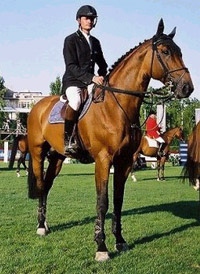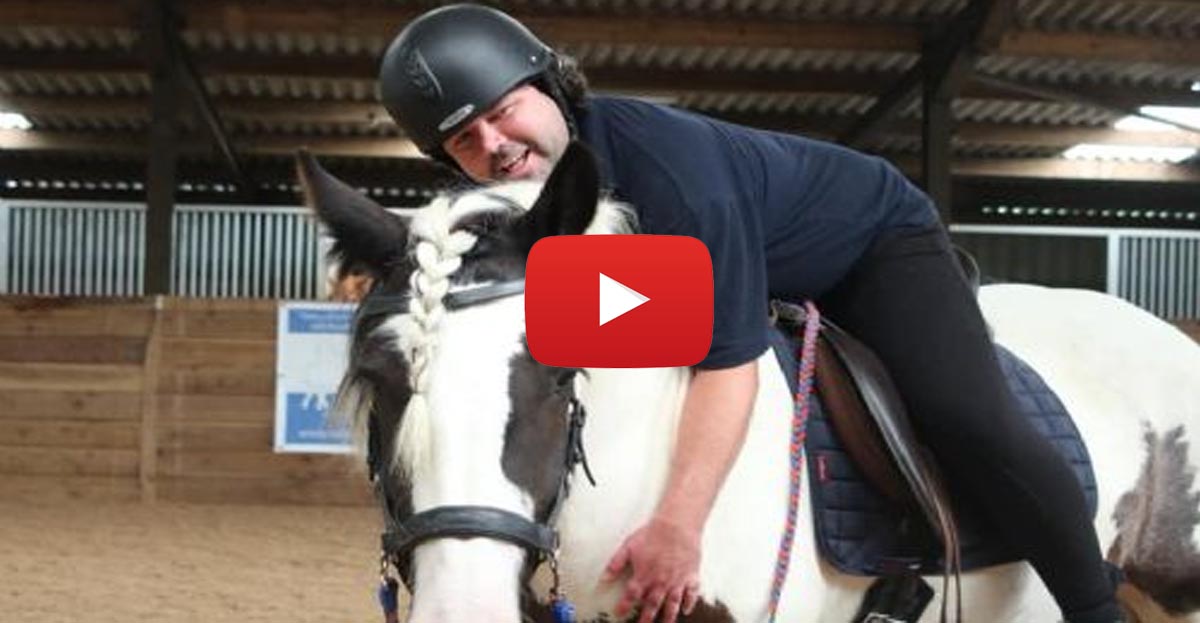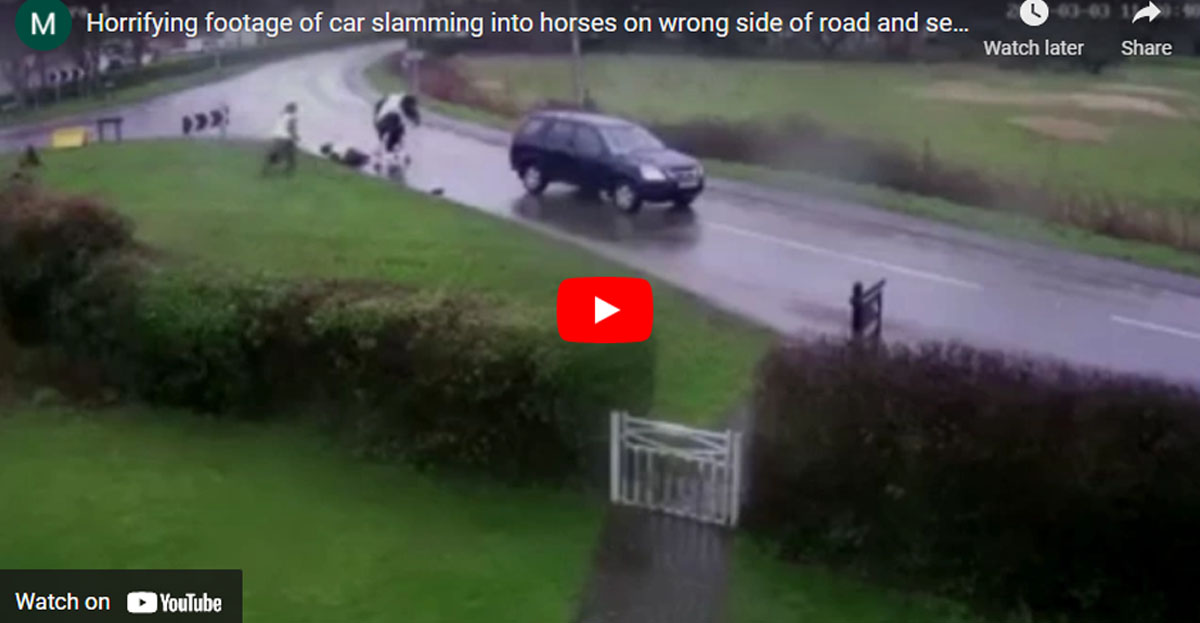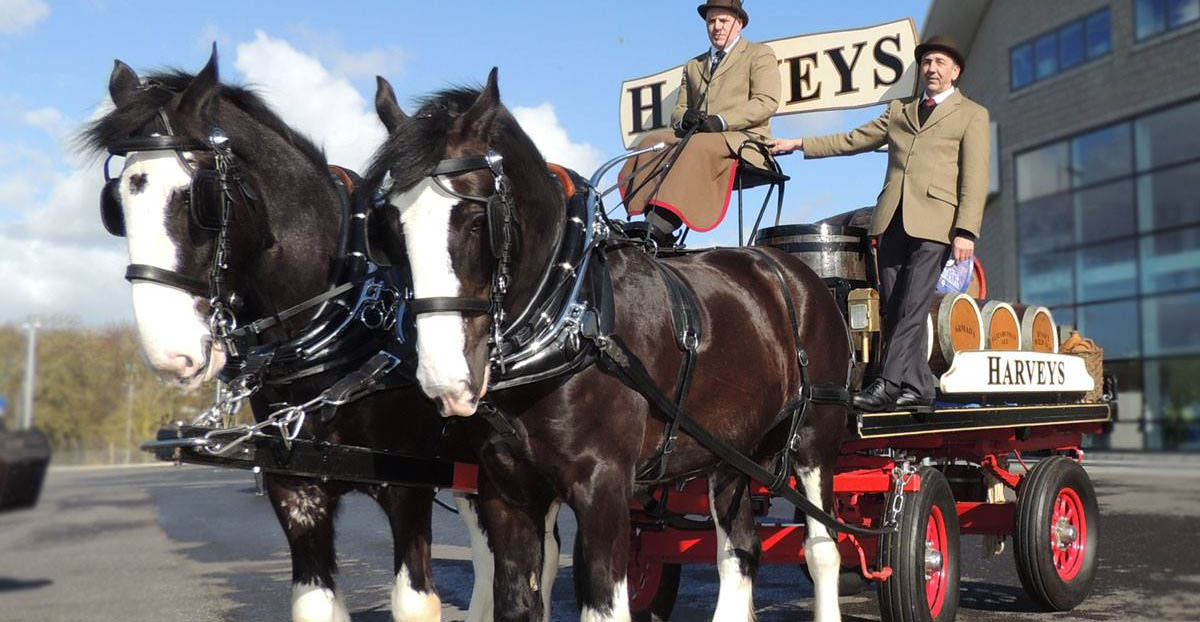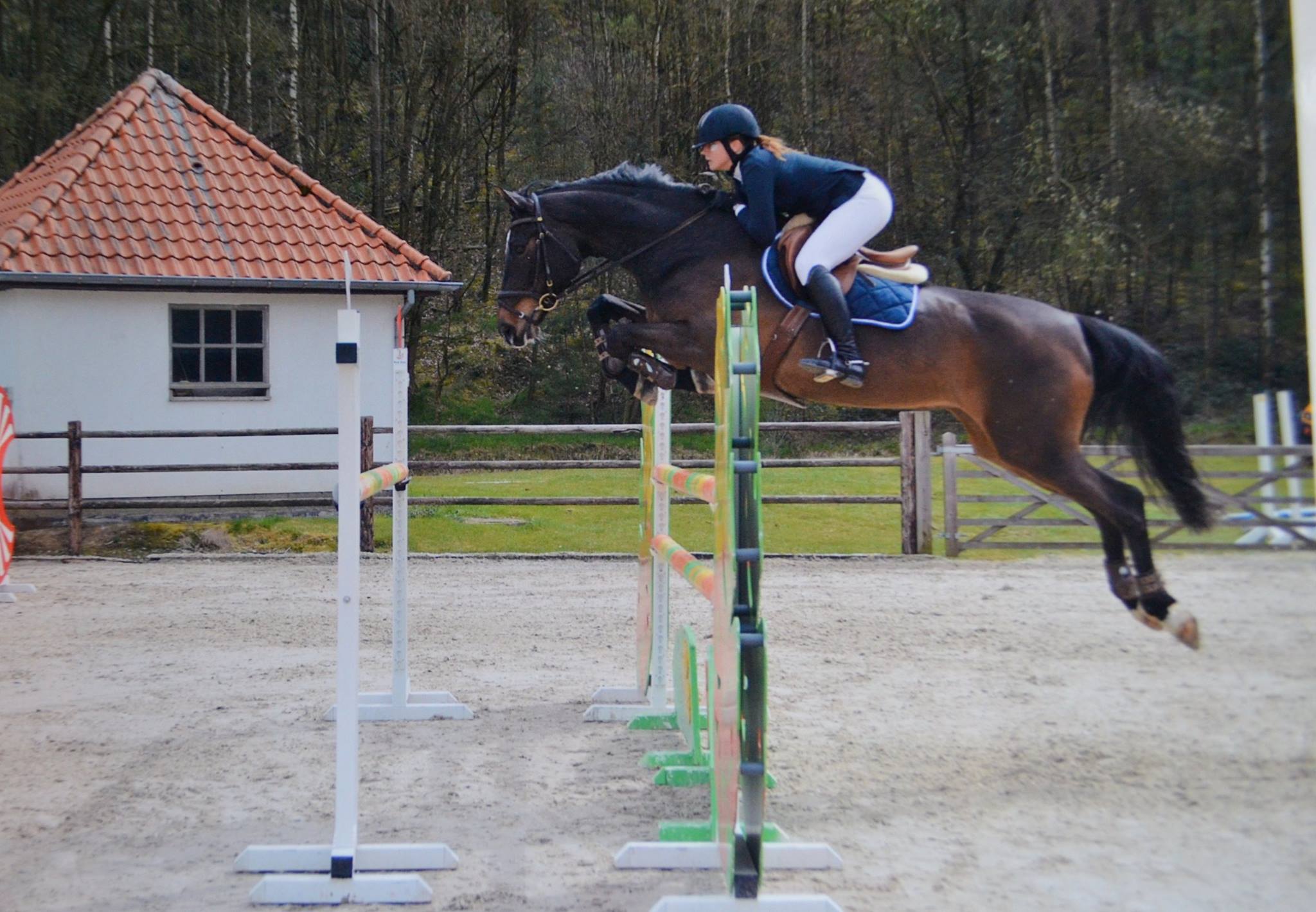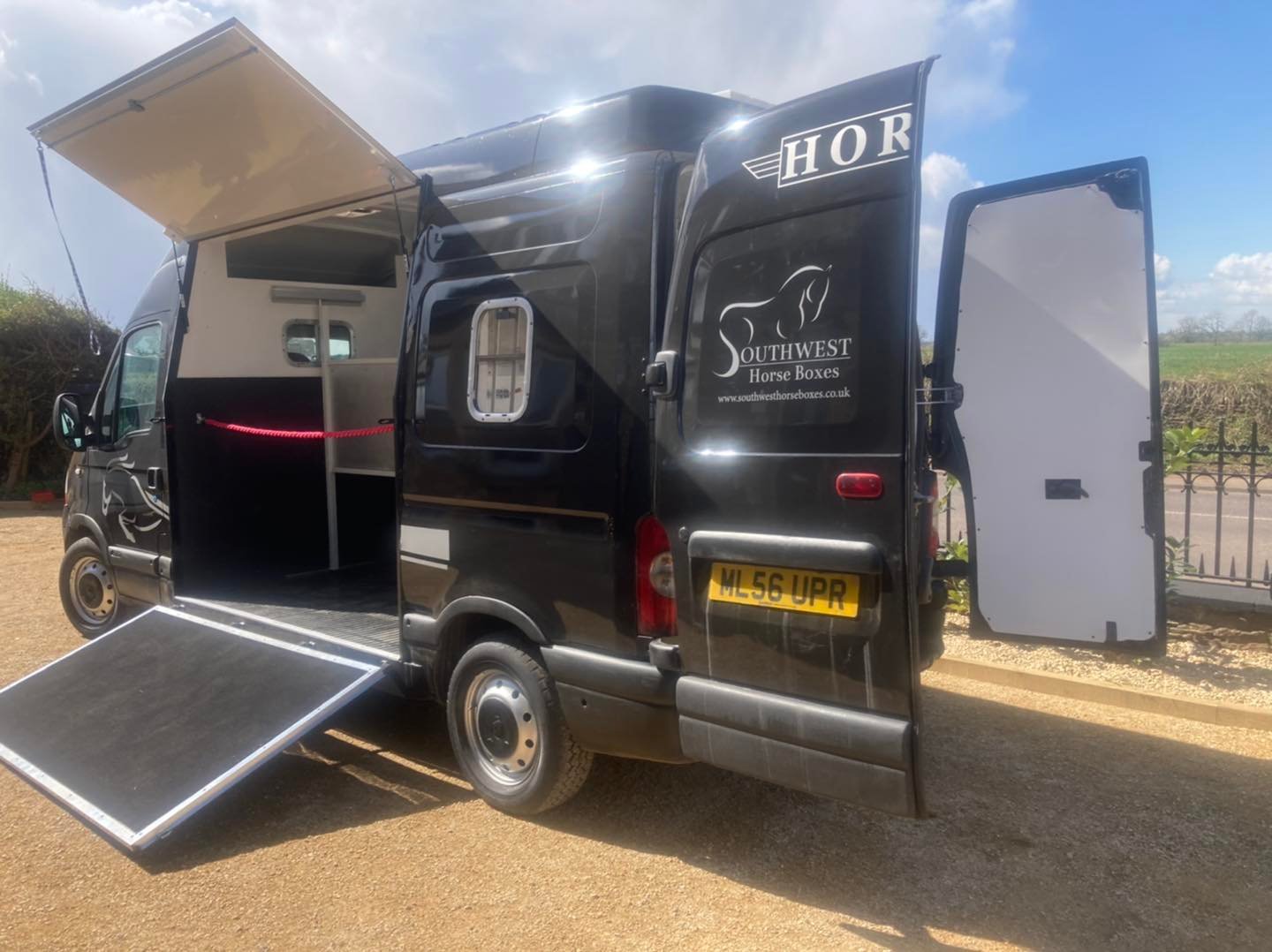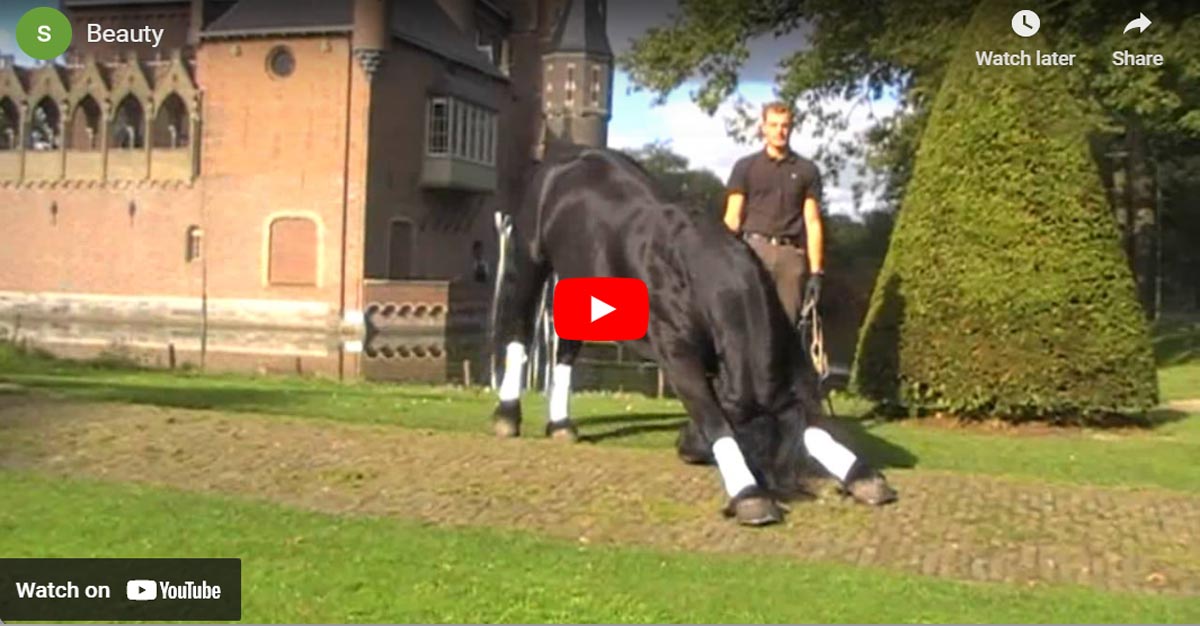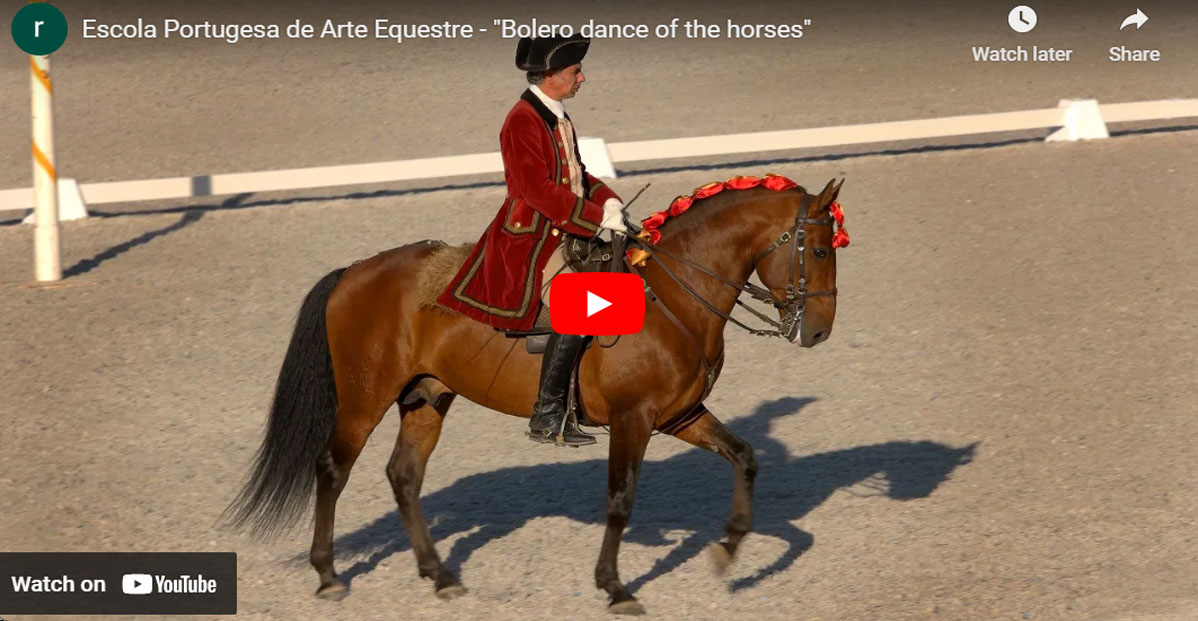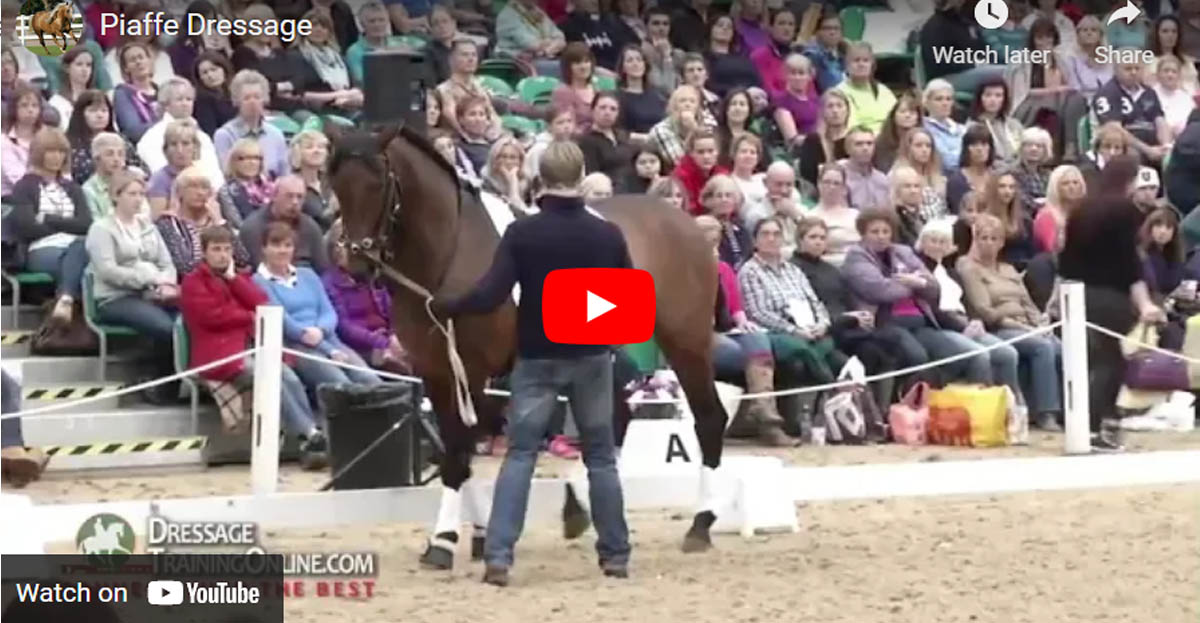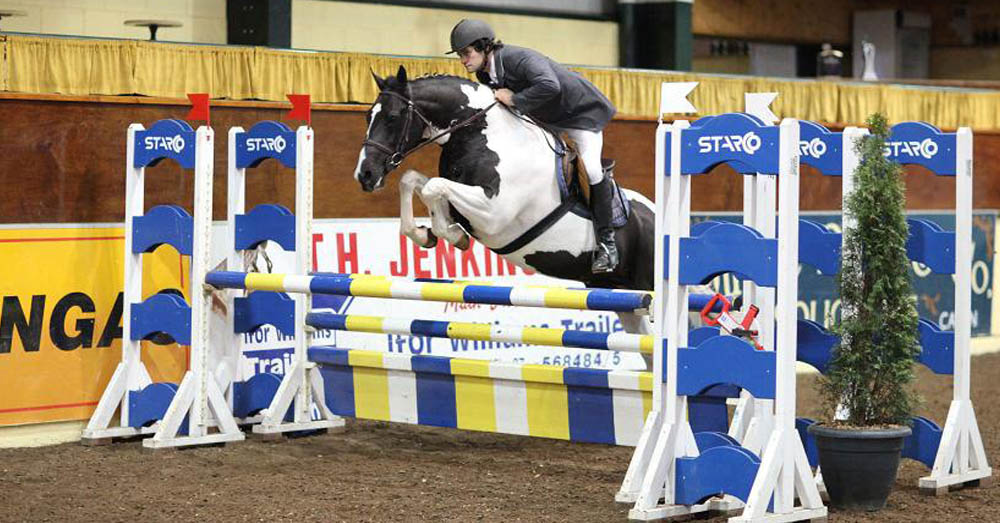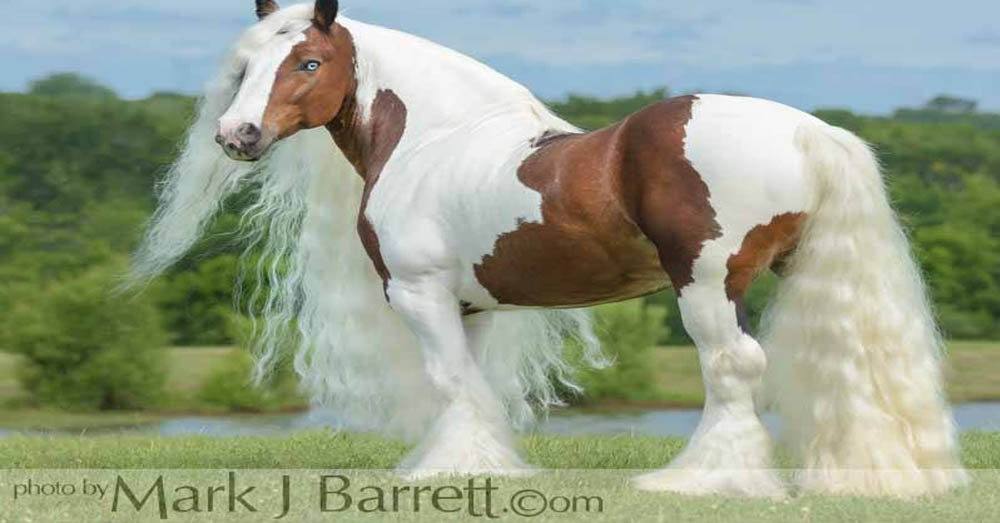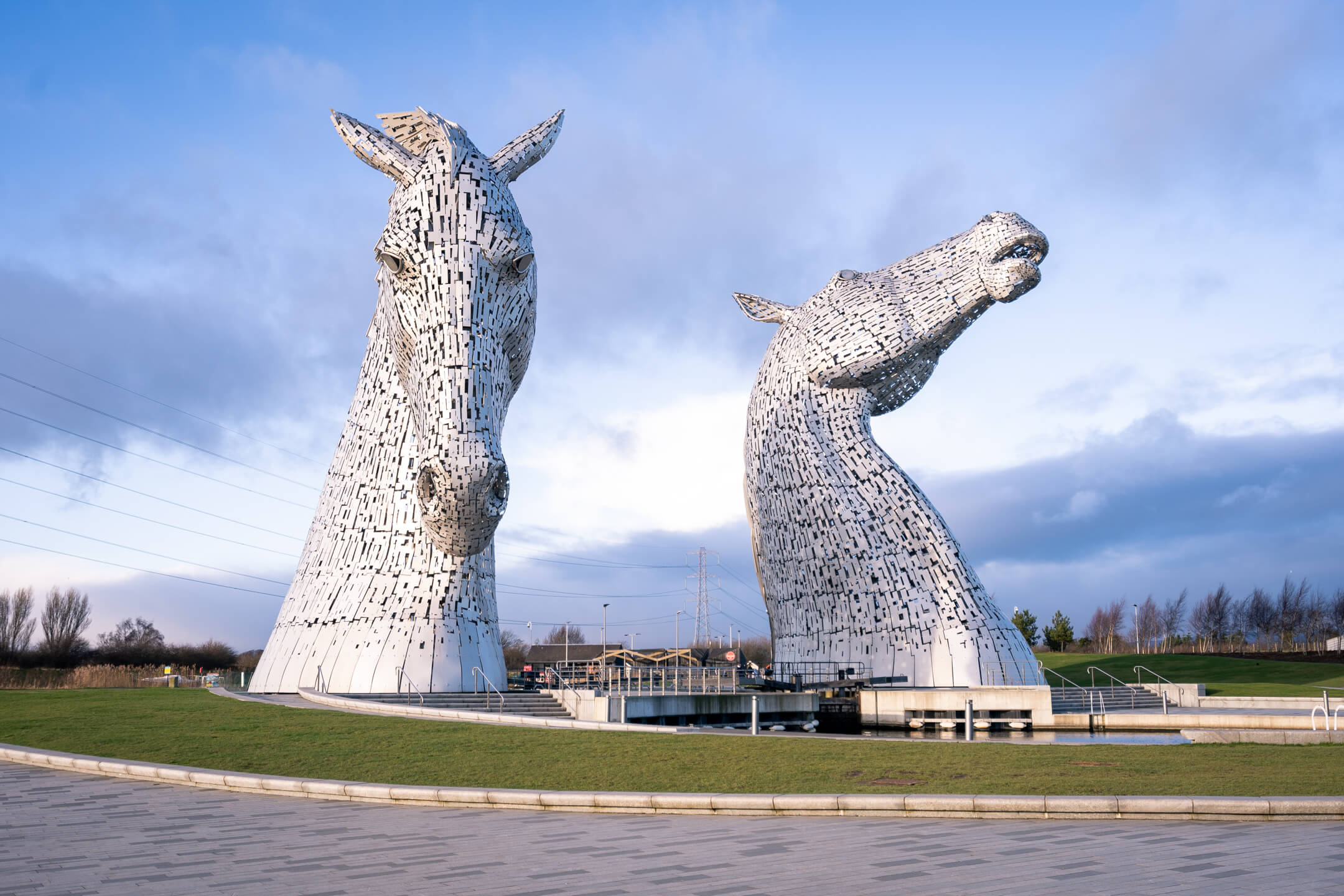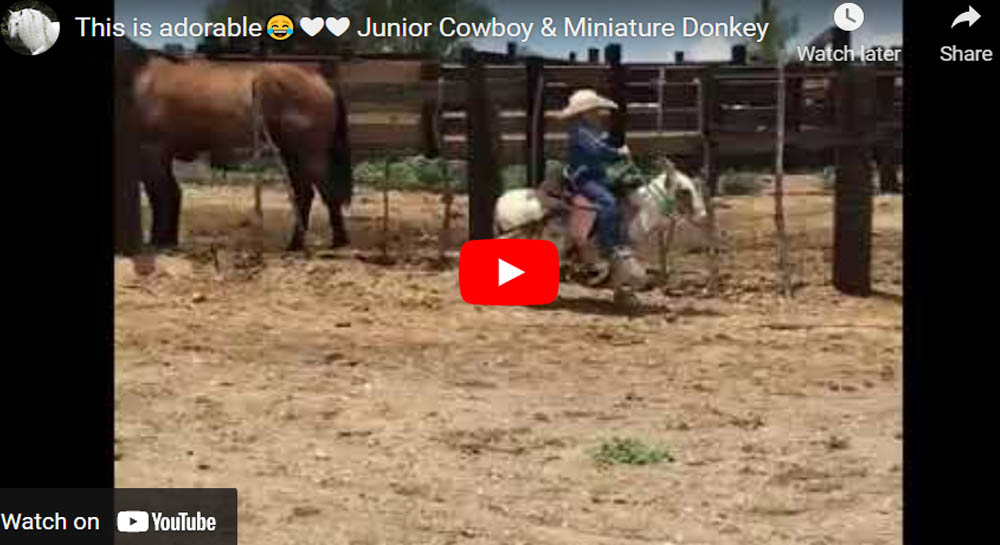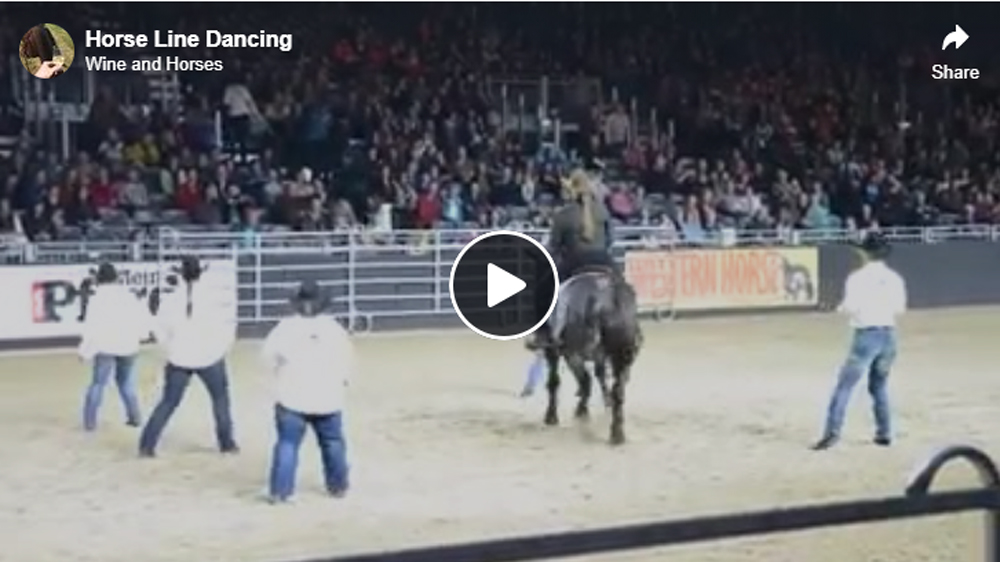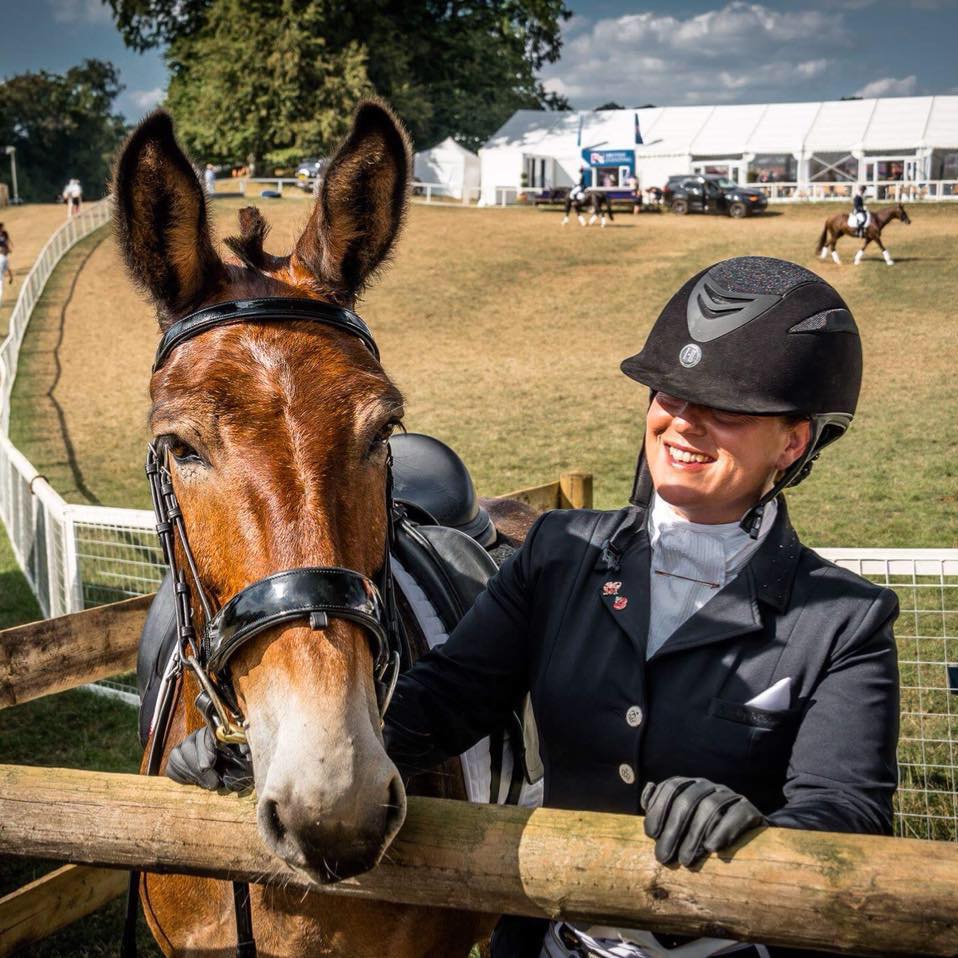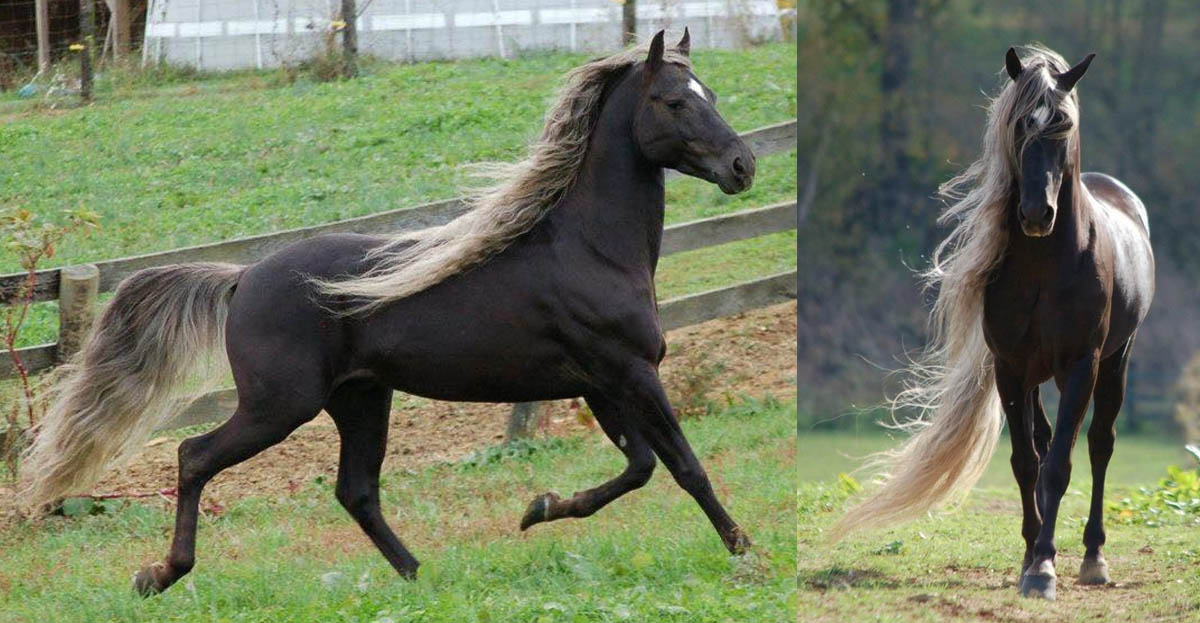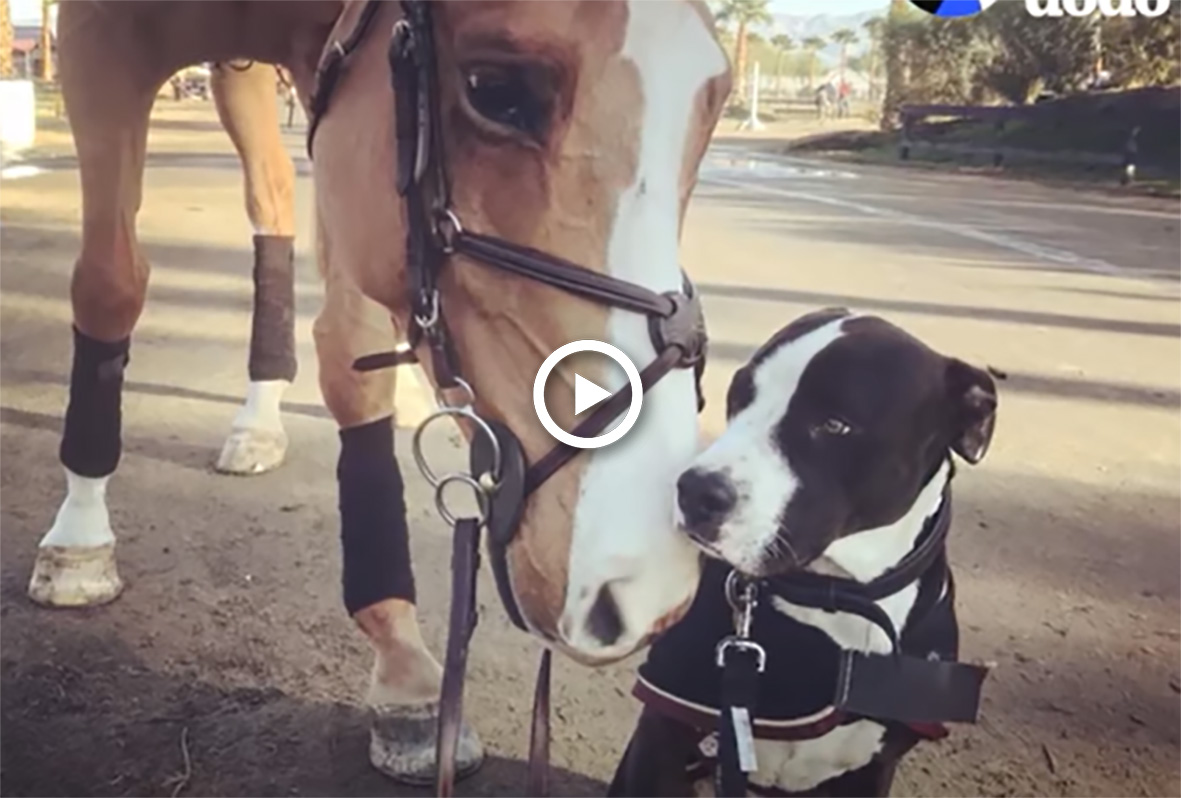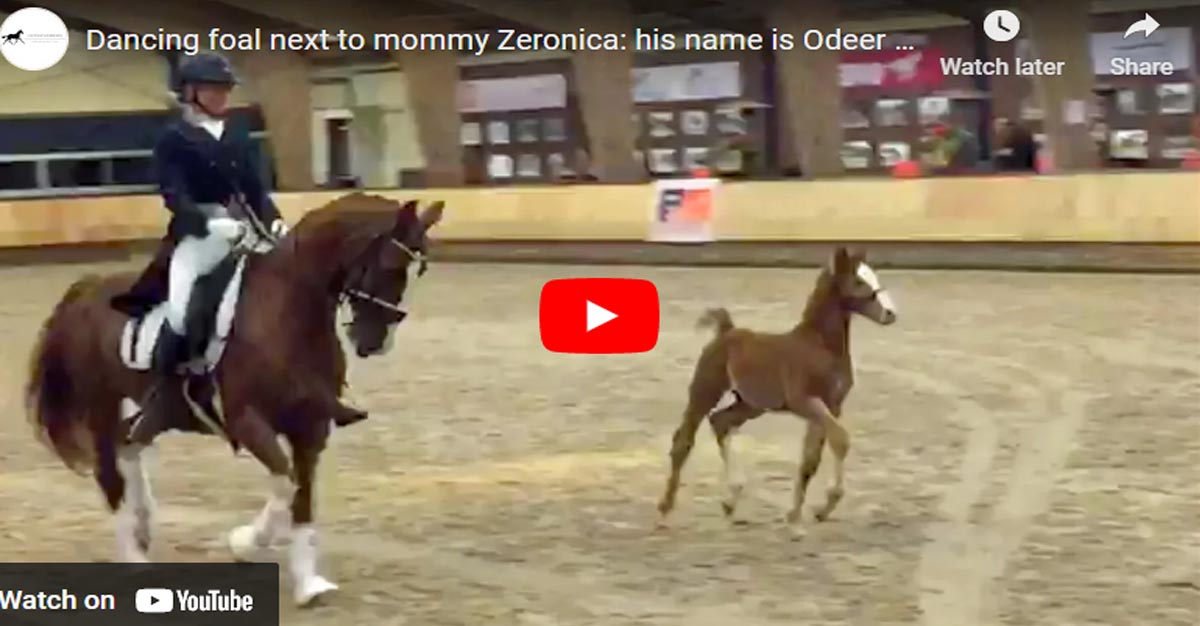Horse Breeding
Horse breeding is the practice of mating carefully selected horses with the goal of producing offspring that possess desirable traits. These traits can include physical attributes such as speed, endurance, conformation, and temperament, as well as genetic traits such as disease resistance and fertility.
Horse breeding can be done through natural breeding or through artificial insemination. In natural breeding, a stallion and a mare are brought together to mate naturally, while in artificial insemination, the stallion`s semen is collected and then introduced into the mare`s reproductive tract.
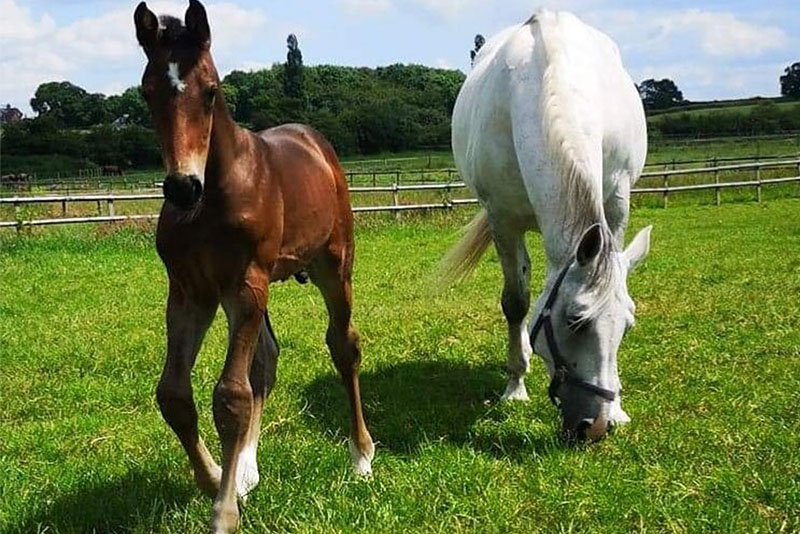
Breeding horses can be a complex process that requires careful consideration of various factors, such as the purpose of the breeding, the genetic traits of the parent horses, and the potential health risks associated with the breeding. As such, it is typically undertaken by experienced breeders who have a deep understanding of horse genetics and reproductive biology.
Breeding horses can result in the production of foals that are well-suited for a variety of purposes, including racing, show jumping, dressage, and pleasure riding. However, it is important to note that breeding horses also carries risks, such as the potential for injury or death during mating or foaling, as well as the potential for genetic defects or health problems in the offspring.
Stableexpress is an online resource for horse breeders, with stallions listed at stud, information for horse breeders for hints and tips on putting your mare in foal and advice on what stallion to use. We are always looking for idea`s for stories and try our best to cater for our visitors, if you have any requests or ideas please email us at info@stableexpress.com.
Havikerwaard Progeny Championship great success 27/02/2004
The Friday afternoon was all about a completely new part during the International Stallion Show, the Offspring Championship team jumping offered by breeding station Havikerwaard. The competition was divided into three parts. The four-year-old offspring of a number of approved stallions completed a 1m00 / 1m10 and course, while their performances were judged by international top rider Wim Schröder. The five-year-olds started in a 1m10 / 1m20 course and the six to eight-year-old horses were presented with obstacles of 1m30. Within each class two horses started with the same pedigree. The section was completed with a winning round in which the best descendant per stallion competed for the title.
Four participants with offspring of the stallions Voltaire and Oklund entered the category for four-year-olds. The particularly high jumping qualities of the horses made for an exciting second moto. Ultimately Ronald Koopman won with Trilpe-X (Voltaire) with minimal difference from Frans Burgers with Tolkund (Oklund). The field for five-year-olds was well filled with twenty combinations. Before the competition, Celano, No Limit, Calvados, Kojak and Coriander were shown to the public as founding fathers. Within this category, the victory went to the stallion Corland, due to a good performance by Angelique Hoorn with the descendant SOS. During the winning round of the last section, six to eight-year-old descendants, many combinations managed to set a sharp time. Jeroen Dubbeldam, however, crossed the finish line with Oceline (Celano) a fraction of a second earlier as Julia Jylas with Obsession (Quick Star) and Pieter Keunen with Pocorde (Concorde).
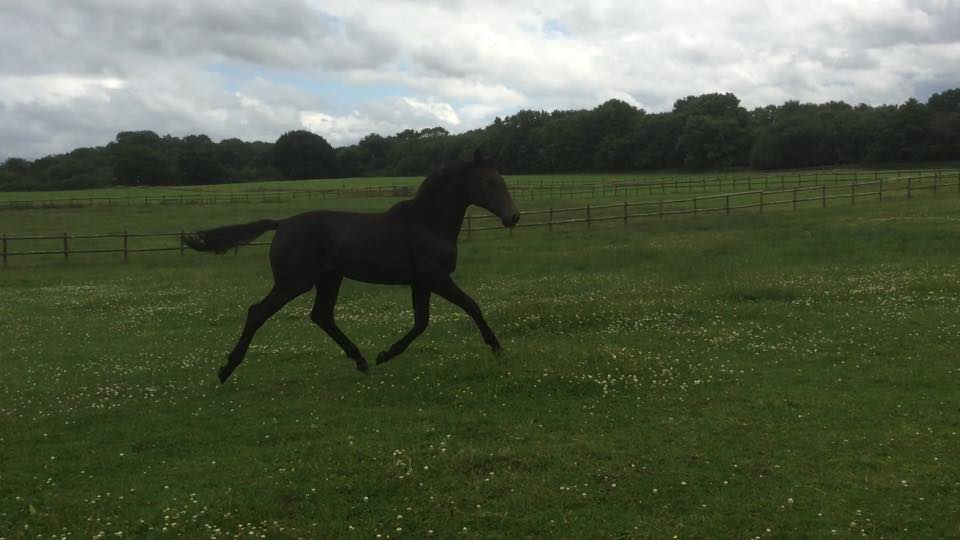
Horse breeding can be done through natural breeding or through artificial insemination. In natural breeding, a stallion and a mare are brought together to mate naturally, while in artificial insemination, the stallion`s semen is collected and then introduced into the mare`s reproductive tract.

Breeding horses can be a complex process that requires careful consideration of various factors, such as the purpose of the breeding, the genetic traits of the parent horses, and the potential health risks associated with the breeding. As such, it is typically undertaken by experienced breeders who have a deep understanding of horse genetics and reproductive biology.
Breeding horses can result in the production of foals that are well-suited for a variety of purposes, including racing, show jumping, dressage, and pleasure riding. However, it is important to note that breeding horses also carries risks, such as the potential for injury or death during mating or foaling, as well as the potential for genetic defects or health problems in the offspring.
Stableexpress is an online resource for horse breeders, with stallions listed at stud, information for horse breeders for hints and tips on putting your mare in foal and advice on what stallion to use. We are always looking for idea`s for stories and try our best to cater for our visitors, if you have any requests or ideas please email us at info@stableexpress.com.
Havikerwaard Progeny Championship great success 27/02/2004
The Friday afternoon was all about a completely new part during the International Stallion Show, the Offspring Championship team jumping offered by breeding station Havikerwaard. The competition was divided into three parts. The four-year-old offspring of a number of approved stallions completed a 1m00 / 1m10 and course, while their performances were judged by international top rider Wim Schröder. The five-year-olds started in a 1m10 / 1m20 course and the six to eight-year-old horses were presented with obstacles of 1m30. Within each class two horses started with the same pedigree. The section was completed with a winning round in which the best descendant per stallion competed for the title.
Four participants with offspring of the stallions Voltaire and Oklund entered the category for four-year-olds. The particularly high jumping qualities of the horses made for an exciting second moto. Ultimately Ronald Koopman won with Trilpe-X (Voltaire) with minimal difference from Frans Burgers with Tolkund (Oklund). The field for five-year-olds was well filled with twenty combinations. Before the competition, Celano, No Limit, Calvados, Kojak and Coriander were shown to the public as founding fathers. Within this category, the victory went to the stallion Corland, due to a good performance by Angelique Hoorn with the descendant SOS. During the winning round of the last section, six to eight-year-old descendants, many combinations managed to set a sharp time. Jeroen Dubbeldam, however, crossed the finish line with Oceline (Celano) a fraction of a second earlier as Julia Jylas with Obsession (Quick Star) and Pieter Keunen with Pocorde (Concorde).



